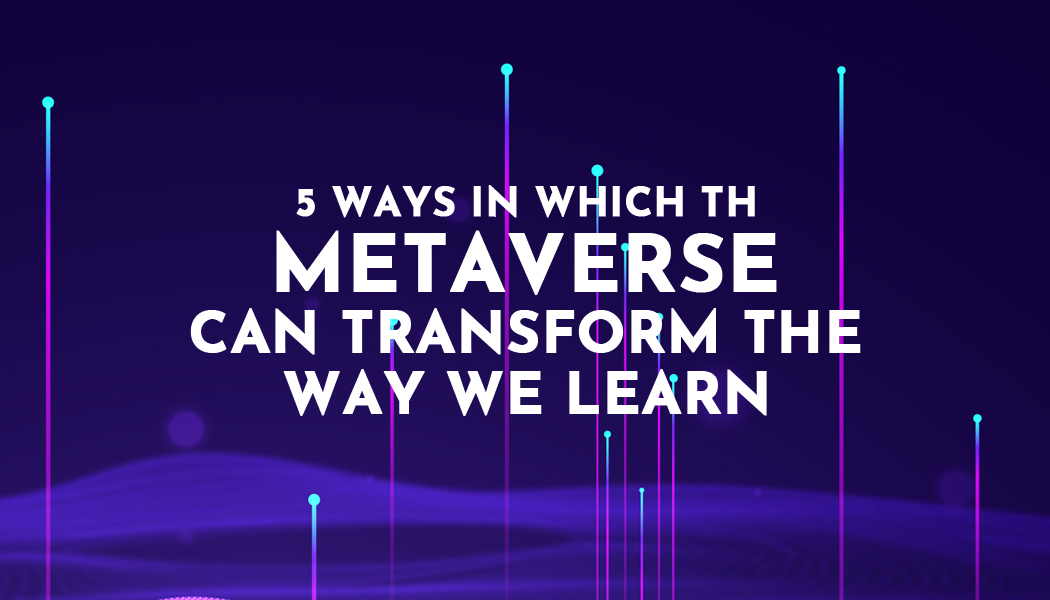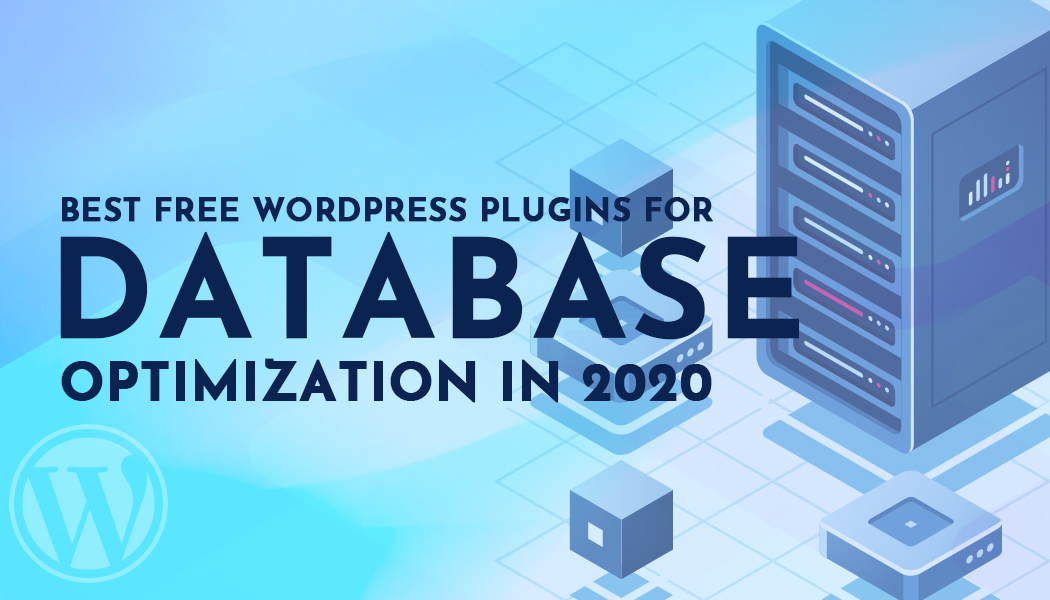5 ways in which the Metaverse can transform the way we learn
Does the concept of the Metaverse excite or scare you? What about 3D virtual classrooms? And virtual campuses? How do they work? Let’s make it all clear.
As the Metaverse industry market is expected to reach $800 billion by 2024, we continue to learn new ways this immersive, virtual environment might improve the way we connect with each other from anywhere in the world. Many of us are already participating in and benefitting from virtual activities that otherwise would not be possible due to the constraints of distance, time, or cost.
The Metaverse is like an embodied internet where you’re never alone. Unlike a scheduled Zoom call that disappears when you’re done, the Metaverse virtual learning space is “always on” and affords social interactions with peers.
It has the power to make access to education easier and change the way we learn enabling new opportunities for virtual rather than in-person instruction. From school-based interactive learning and job training to professional accreditation – Metaverse can accommodate almost any type of it, mitigating obstacles of accessibility.
Education and VR
A recent study co-authored by one of the most productive educational psychologist, Richard Mayer, and published in the Contemporary Educational Psychology journal describes an experiment designed to test the hypothesis that a lesson in VR would be more effective than the same one delivered with the use of standard video.
The results were promising to those building the Metaverse. The students in the VR group got significantly better results on both an immediate post-test and the one given later in the term. According to the report, the VR group reported “higher ratings of presence, interest, and enjoyment”.
The results of the study show how creating unique educational experiences that feel real and create a higher level of presence thanks to the use of the immersive technology can influence learning outcomes through different affective and cognitive processes.
5 Ways the Metaverse Can Positively Impact or Change Learning
With online learning rising in popularity, teachers, instructors, and institutions are looking for ways to make distance learning more engaging and effective. Let’s look at a few ways the Metaverse can help with that.
1. Creating a life-like Virtual Classroom
The main way eLearning can benefit from the Metaverse is its ability to bring online learning environments to life and drive engagement. Educators can build personal rooms that suit their educational needs and have full control over them, while fully customizable avatars allow learners to create their own unique online representations of themselves and add those extra sense of realism to the virtual classroom.
2. No borders for high-quality education
Before and during COVID-19, learning had already begun to move from physical classrooms to virtual and blended spaces. The metaverse facilitates an immersive campus life, no matter what your real-life location is.
These digital experiences can help a lot in democratizing education, by bringing people from geographically dispersed locations and different economic backgrounds together to learn, in a cost-effective, time-saving, and flexible way.
It is true that physical distance can cause feelings of isolation and loneliness among learners and educators, but Metaverse virtual learning environments help mitigate the risk.
In which way?
Instructors can create rooms for internal meetings, while learners can build them to collaborate, work on projects together, and socialize. Thanks to avatars, everyone can see “each other”, catch those group feeling, and even play games. These features definitely help in enhancing the learning experience.
3. Improving accessibility for people with disabilities
The Metaverse can improve educational and social access for people with disabilities. For example, in the following way: it offers young adults with special needs, autism, and social interaction difficulties the ability to improve their interpersonal and job skills; VR apps allow these actions and provide a safer environment. VR is also proved to help people with mobility or anxiety issues improve their quality of life in the same way.
4. Increasing data capture in the learning process
Using the metaverse to create immersive learning experiences allows organizations to collect and save more data about the process, better understand the behavior of learners, track progress, identify gaps, problems, and continuously improve. The examples of such useful data on learners’ actions can be time of usage, performance, attention and engagement, predictive analysis, and the effectiveness of the learning methods used.
5. Increasing Gamification
You have definitely heard about the benefits of gamified learning. It makes learning process fun and effortless, improves problem-solving, communicational skills, and makes the overall learning experience brighter.
With the Metaverse, the implementation of gamification strategies becomes much easier during distance learning, as users do not simply play a game - they get the feeling of being inside it! VR/AR equipment and the endless possibilities of the metaverse allow teachers and instructors to create game-based activities on their devices while learners can complete them using their unique avatars in the realistic environments.
Conclusion
The Metaverse offers its users great freedom when it comes to real-time interaction between people, while also allowing them to build any online environment they can possibly imagine. Even though we still have a lot to expect from it, the Metaverse has already shown its great potential and benefits for various sectors.
The metaverse is already often called “life” after the internet. It is true that gaming industry has been quicker to explore the abilities offered by the Metaverse, but let’s have a look at it in the long-run…the technology is very likely to become a part of our everyday lives in the next couple of years. E-learning is also expected to benefit greatly from the Metaverse, using it to make virtual learning environments feel more life-like, while learning itself - more engaging and experiential.One of its earliest applications in education are 3D virtual classrooms and campuses that are often supplemented with gamification possibilities.
Immersive learning is the best way to retain knowledge better, increase engagement and accessibility. Using VR and AR, learners can participate in real-time simulations, games, and draw 3D illustrations as if they were physically there. The Metaverse also brings boundless opportunities to reimagine and democratize education in completely new ways.




